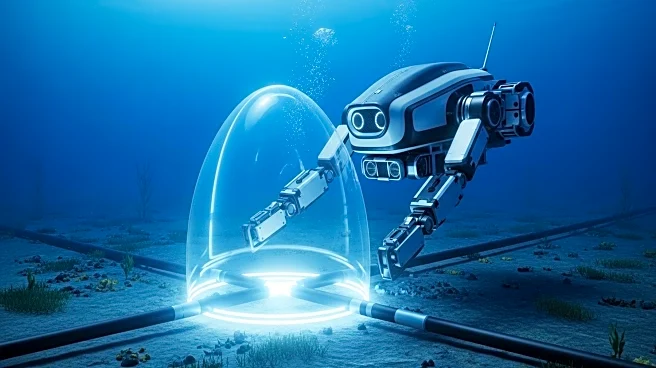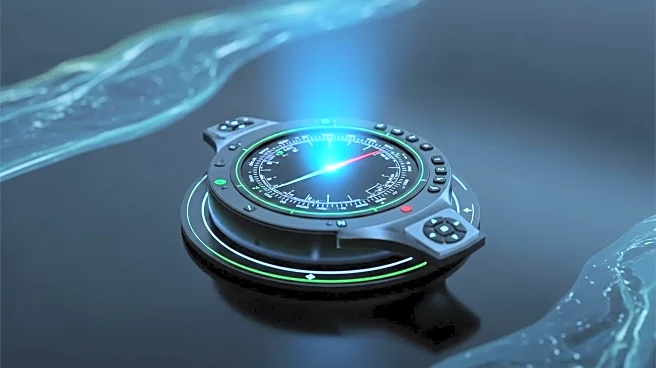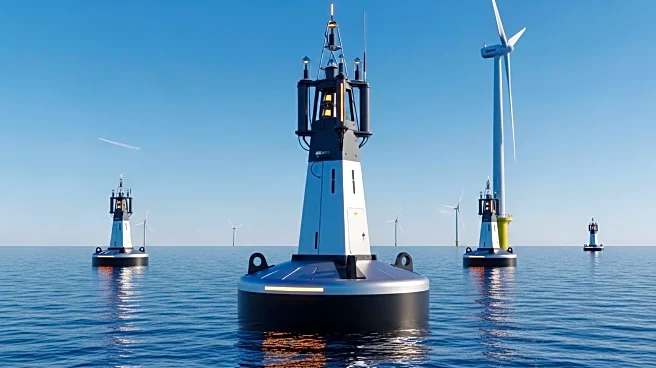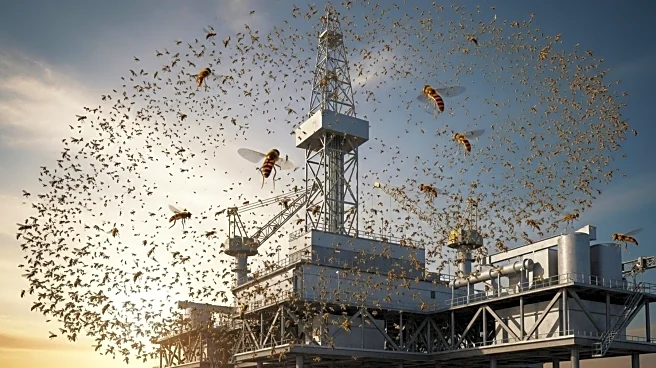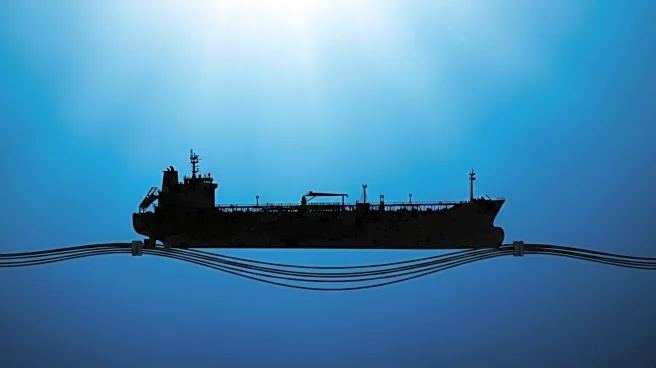What's Happening?
Jan De Nul, a marine construction company, is addressing the vulnerability of subsea cables by introducing a new rock-dumping vessel, the George W. Goethals. This vessel is designed to protect undersea cables and pipelines by installing a heavy rock cover layer, safeguarding them from threats such as hostile divers and ship anchors. The vessel, which operates on biofuel and green methanol, is part of Jan De Nul's strategy to enhance infrastructure security in regions like the North Sea and Southeast Asia, where offshore wind power is expanding.
Why It's Important?
The protection of subsea cables is crucial as they are vital for global communication and energy transmission. With increasing security risks, such as hybrid warfare, ensuring the integrity of these cables is essential for maintaining infrastructure resilience. Jan De Nul's investment in advanced protection technology not only strengthens its market position but also supports the growing offshore wind industry by ensuring the reliability of energy transmission networks.
What's Next?
Jan De Nul is also constructing two extra-large cable-laying vessels, Fleeming Jenkin and William Thomson, to enhance its capacity for installing interconnector cables over long distances. These vessels will support the global expansion of energy grids, facilitating the integration of renewable energy sources. The company's focus on sustainable and efficient operations aligns with broader industry trends towards reducing environmental impact.
Beyond the Headlines
The development of advanced subsea protection technologies reflects the increasing importance of securing critical infrastructure in a changing geopolitical landscape. As nations invest in renewable energy and digital connectivity, the protection of subsea assets becomes a strategic priority, influencing international cooperation and security policies.

